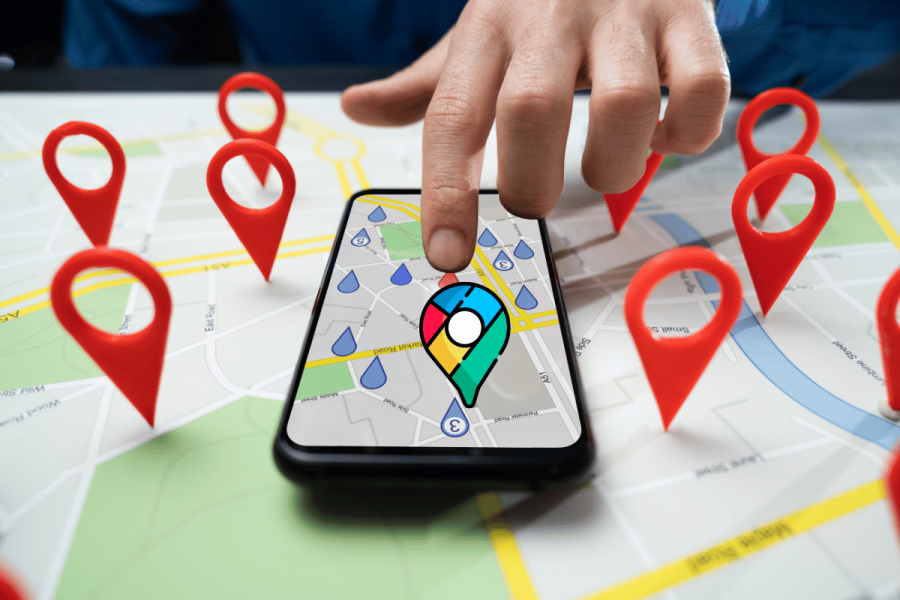Many cities around the world find themselves in a complicated tug-of-war between modernization, funding, and preserving history. This makes it difficult for some regions to take advantage of the latest trends and technologies that shape our society today.
The trend of devolution going on as more cities are getting newly-elected mayors and power over their infrastructure’s forecasted needs and development creates an opportune time for cities to adopt a new philosophy of city planning.
Building an evolving, more connected society
However, it’s becoming increasingly important that city leaders take into account not only how their infrastructure is being used today, but what the citizens of their cities will need over the next 20-50 years.
More and more people are using services like Uber. Instead of buying your own car and paying a high monthly payment to do so, many city inhabitants find themselves using these services to get around – and often saving a lot money by doing so.
In a thought piece for Construction News, Amanda Clack, head of infrastructure advisory at consulting firm EY and based in the UK, offered insight on how important smart construction is to the development of a “smart” city.
“Charging points for electric vehicles are springing up across UK cities and are fast becoming a familiar sight,” she said of the developments she’s seeing near her. “The sharing economy is also having an impact – with authorities designating parking for car clubs such as Zipcar over private vehicles.”
Construction of the future mean rethinking city planning
This means a major shift in how mayors, architects, developers and even contractors think about how they plan their cities.
“It’s about getting the right group of leaders together, from the public and private sector, to create, drive and deliver a vision for their city,” Clack said.
She added that this type of change doesn’t happen overnight, and shouldn’t. Budgets alone would explode if every major city suddenly added facilities for electric vehicle charging and designated spaces for ride sharers to park their vehicles.
However, she pointed out, an evolutionary change – gradual improvements and modernizations – are possible.
If we want our cities to become the trendsetters and most livable places they can be, they need to focus on investing their time and resources into evolving their cities to meet the needs of a modern citizenry.










